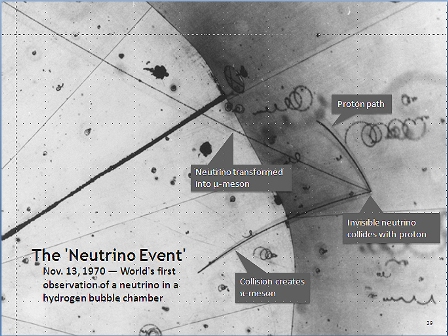- Series:Astronomy, Transcript English
Romans 11:34
“For who hath known the mind of the Lord? or who hath been his counsellor?”
“Where there’s smoke, there’s fire.” We’ve all heard this familiar saying. In the case of the sun’s fire, scientists expect to find not smoke but tiny particles called neutrinos. The problem is, most of those neutrinos are missing.
 It was once thought that the sun’s heat was produced as its powerful gravity caused it to collapse in on itself. But as the theory of evolution became popular, this theory fell out of favor. Those who promoted evolution knew that their theory was more believable if they said the sun was millions or billions of years old. However, if the sun’s heat came from gravity collapse, it could not possibly be that old.
It was once thought that the sun’s heat was produced as its powerful gravity caused it to collapse in on itself. But as the theory of evolution became popular, this theory fell out of favor. Those who promoted evolution knew that their theory was more believable if they said the sun was millions or billions of years old. However, if the sun’s heat came from gravity collapse, it could not possibly be that old.
So when scientists learned about nuclear energy, they proposed the theory that the sun’s energy comes from nuclear forces. This would give them their billions of years. The problem is, the sun’s nuclear engine should be turning out a large number of neutrinos. Scientists find only about one-third to one-fourth of the neutrinos that should be there. This mystery is so troubling that scientists have changed their theories about how the sun produces its energy every year or two for over a quarter of a century! Some of them admit that they really don’t know how the sun produces its energy.
The sun is a vital blessing to us. And here we see another blessing, for the sun also keeps us humble. God has so wonderfully created the sun that even our best scientific minds can’t figure out how it works!
Prayer:
Father, as a human being, I suffer from pride. Forgive me for Jesus’ sake. Train me in humility and give me strength, not through myself or my own actions, but in Christ, my Savior. In His Name I pray. Amen.
Notes:
Peterson, Ivars. 1989. “Making sunshine.” Science News, v. 136, Oct. p. 280.
